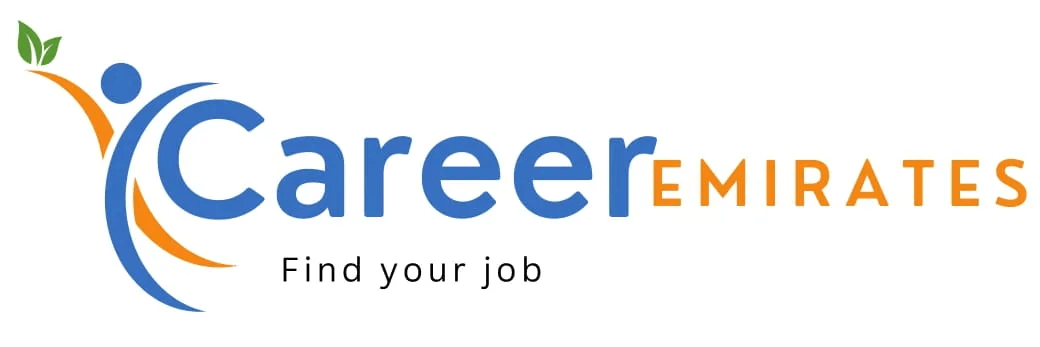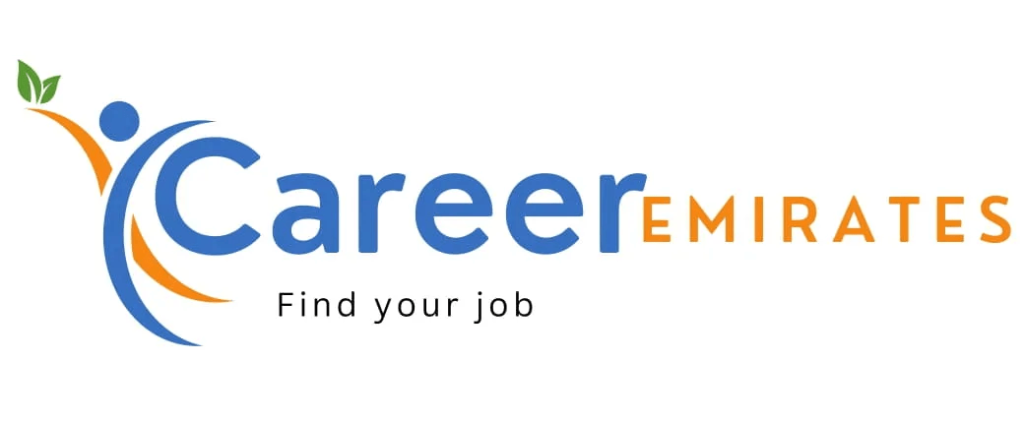gafed17769
About Candidate
NURS FPX 4025 Assessment 4: Transforming Healthcare Through Quality Improvement and Patient Safety
In the ever-evolving field of nursing, quality improvement (QI) and patient safety stand as two of the most critical pillars shaping modern healthcare systems. Nurses, being at the forefront of patient care, play a crucial role in implementing evidence-based strategies that enhance safety, improve patient outcomes, and foster a culture of continuous improvement. Within Capella University’s Bachelor of Science in Nursing (BSN) program, NURS FPX 4025 Assessment 4 is a capstone-style project that allows learners to synthesize their knowledge and apply it to real-world healthcare challenges through a focused quality improvement initiative NURS FPX 4035 Assessment 1.
This assessment encourages students to integrate nursing theory, evidence-based practice, and leadership principles to propose meaningful solutions to existing healthcare issues. In this comprehensive guide, we will explore the objectives, structure, and best practices for excelling in NURS FPX 4025 Assessment 4, along with practical insights into how it prepares students for professional nursing roles centered on quality, safety, and excellence in care delivery.
Understanding NURS FPX 4025: Focus on Quality Improvement
The NURS FPX 4025 course, titled “Quality Improvement for Patient Safety”, emphasizes how nurses can influence organizational change and improve the quality of patient care through data-driven, evidence-based interventions.
Assessment 4 in this course often serves as the culmination of the student’s learning journey, requiring a thorough analysis of a healthcare quality issue and the development of a strategic plan for improvement. Students are expected to identify a problem within a healthcare setting—such as medication errors, hospital-acquired infections, readmission rates, or ineffective communication—and design a QI initiative aimed at resolving or mitigating that problem.
This assessment is an opportunity for nursing students to bridge theory with practice and demonstrate mastery of the essential competencies required of a professional nurse leader.
Purpose of NURS FPX 4025 Assessment 4
The primary goal of NURS FPX 4025 Assessment 4 is to assess a student’s ability to apply quality improvement principles and evidence-based nursing practices to a real or simulated healthcare issue. Through this project, learners:
Identify and analyze a significant healthcare quality or safety concern.
Apply evidence-based strategies to address the problem.
Design a data-driven improvement plan to achieve measurable outcomes.
Demonstrate leadership and collaboration skills in promoting change.
Evaluate the ethical, legal, and organizational implications of proposed interventions NURS FPX 4035 Assessment 2.
This assessment not only strengthens academic understanding but also prepares learners for real-world professional nursing roles focused on safety and quality outcomes.
Key Themes and Concepts in NURS FPX 4025 Assessment 4
To excel in this assessment, students must demonstrate deep understanding of several key nursing and healthcare quality concepts.
1. Quality Improvement (QI)
Quality Improvement refers to the systematic use of data and evidence to enhance healthcare processes and outcomes. It involves identifying performance gaps, analyzing root causes, and implementing sustainable solutions.
Common QI models applied in nursing include:
Plan-Do-Study-Act (PDSA) Cycle
Lean Six Sigma
Root Cause Analysis (RCA)
Donabedian Model (Structure, Process, Outcome Framework)
In the assessment, students use one or more of these models to guide their project and demonstrate structured problem-solving.
2. Patient Safety
Patient safety is the foundation of quality care. It focuses on minimizing risks, preventing errors, and promoting reliable healthcare systems. The Institute of Medicine (IOM) and World Health Organization (WHO) emphasize safety as a shared responsibility across all levels of care.
Students are encouraged to analyze factors contributing to unsafe practices—such as communication breakdowns, inadequate staffing, or lack of policy enforcement—and propose evidence-based safety interventions.
3. Evidence-Based Practice (EBP)
Evidence-based practice integrates clinical expertise with the best available research evidence and patient preferences to inform decision-making.
For example, if a student’s project focuses on reducing hospital-acquired infections, they should cite recent Centers for Disease Control and Prevention (CDC) or Agency for Healthcare Research and Quality (AHRQ) guidelines to support their intervention plan.
4. Data-Driven Decision Making
Data collection and analysis form the backbone of quality improvement. Learners should use measurable indicators—such as infection rates, medication error frequency, or patient satisfaction scores—to justify their problem selection and track improvements NURS FPX 4025 Assessment 4.
5. Leadership and Collaboration
Successful QI initiatives depend on effective leadership and teamwork. Nursing leaders inspire, guide, and support staff through the change process while fostering a culture of accountability and learning.
In this assessment, students must reflect on their leadership approach and describe how collaboration among nurses, physicians, and interdisciplinary teams contributes to successful implementation.
6. Ethical and Legal Considerations
Every healthcare improvement project must align with ethical principles—beneficence, nonmaleficence, autonomy, and justice—and comply with legal standards and institutional policies. Maintaining patient confidentiality and obtaining proper consent for data use are essential components of ethical practice.
Structure of NURS FPX 4025 Assessment 4
The NURS FPX 4025 Assessment 4 typically follows a structured format that demonstrates critical thinking, scholarly writing, and professional communication. Below is a suggested structure that aligns with Capella University’s academic standards.
1. Introduction
Introduce the selected healthcare quality issue.
Explain its significance and relevance to nursing practice.
Provide an overview of the purpose and goals of your improvement plan.
2. Problem Statement and Background
Describe the nature and scope of the problem.
Present data or evidence supporting its importance (e.g., statistics, trends, reports).
Discuss how the issue affects patient outcomes, staff performance, and organizational efficiency.
3. Quality Improvement Framework
Identify the model or framework guiding your initiative (e.g., PDSA, Lean, RCA).
Explain why this framework is appropriate for addressing the chosen problem.
4. Evidence-Based Interventions
Summarize relevant research findings or guidelines supporting your proposed intervention.
Describe best practices from the literature that can be implemented.
Ensure that each recommendation is realistic and supported by credible evidence.





